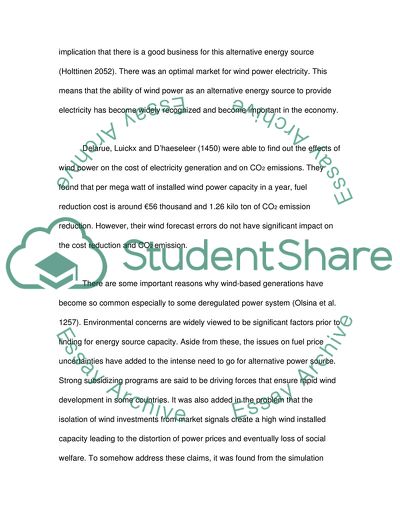Cite this document
(Wind Power for Electricity Generation, Costs, Practicality Essay, n.d.)
Wind Power for Electricity Generation, Costs, Practicality Essay. Retrieved from https://studentshare.org/macro-microeconomics/1746286-wind-power-for-electricity-generation-costspracticality
Wind Power for Electricity Generation, Costs, Practicality Essay. Retrieved from https://studentshare.org/macro-microeconomics/1746286-wind-power-for-electricity-generation-costspracticality
(Wind Power for Electricity Generation, Costs, Practicality Essay)
Wind Power for Electricity Generation, Costs, Practicality Essay. https://studentshare.org/macro-microeconomics/1746286-wind-power-for-electricity-generation-costspracticality.
Wind Power for Electricity Generation, Costs, Practicality Essay. https://studentshare.org/macro-microeconomics/1746286-wind-power-for-electricity-generation-costspracticality.
“Wind Power for Electricity Generation, Costs, Practicality Essay”, n.d. https://studentshare.org/macro-microeconomics/1746286-wind-power-for-electricity-generation-costspracticality.


